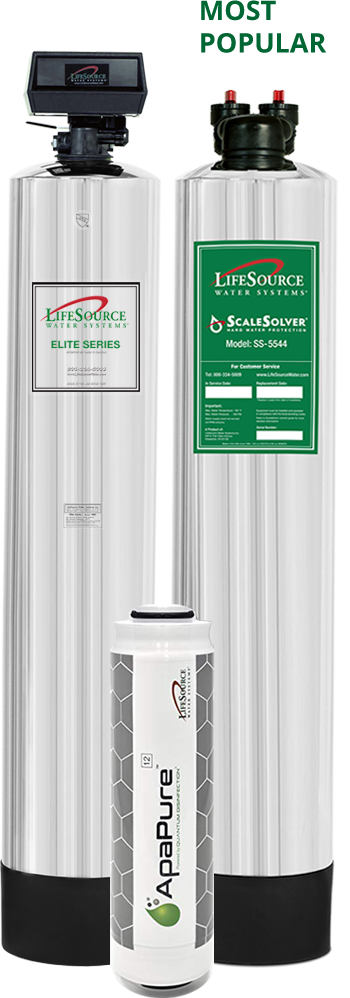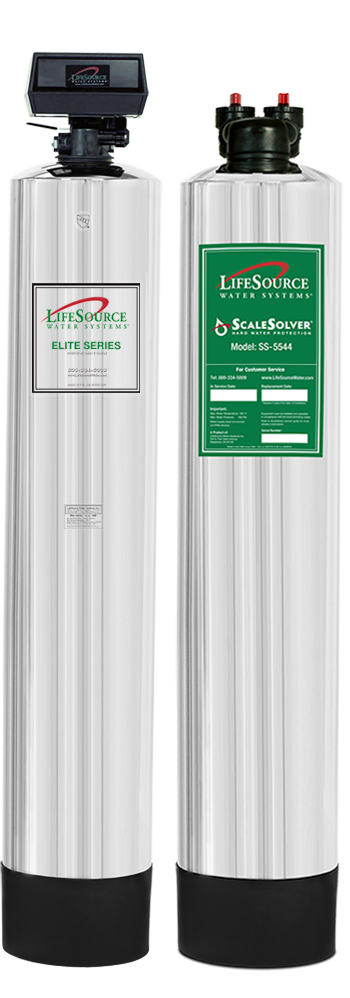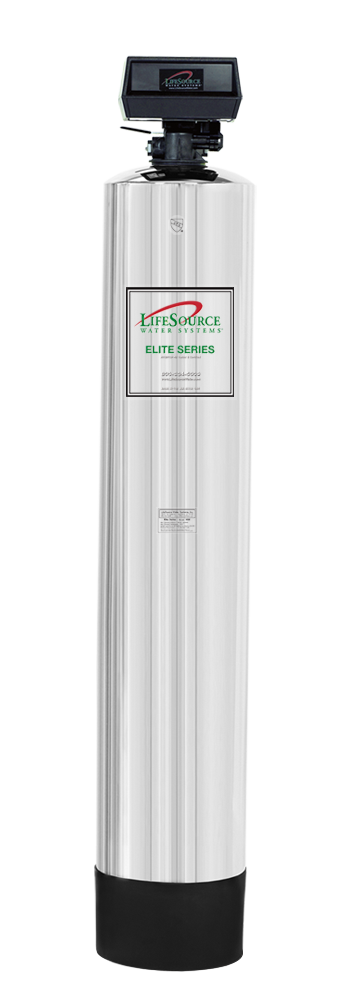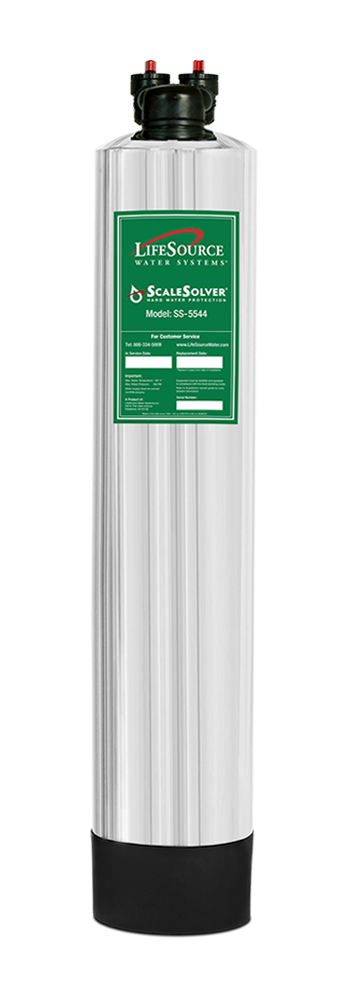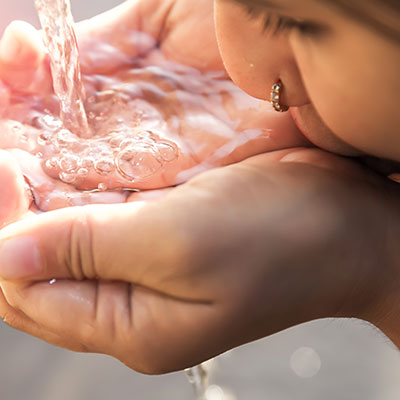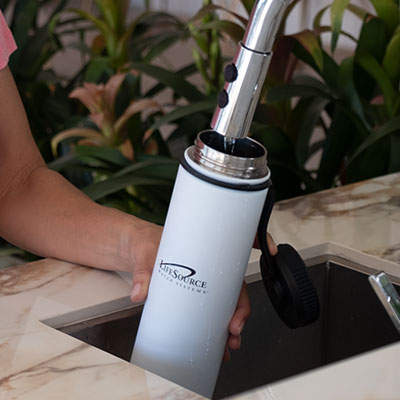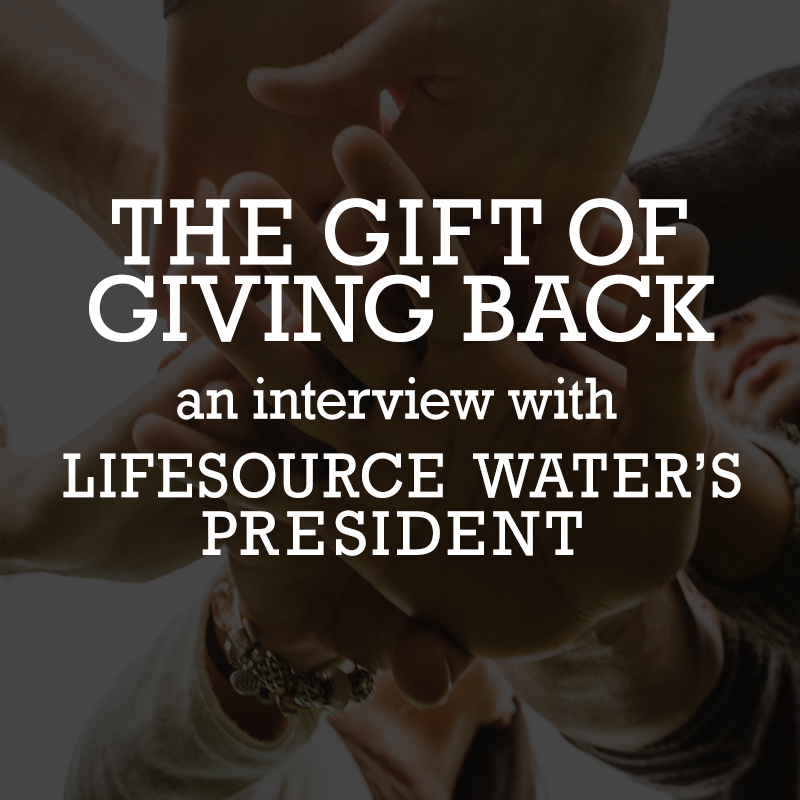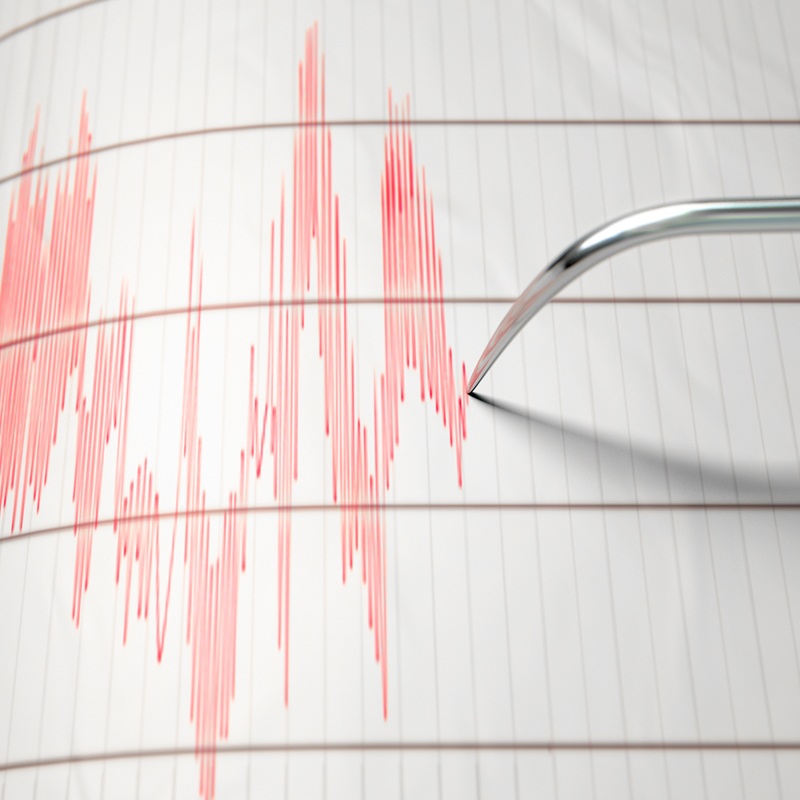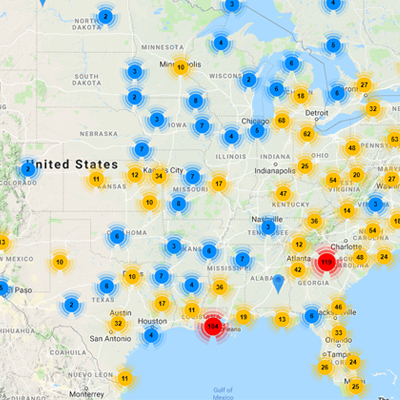
The Drought; Facts, Myths and Mysteries
The U.S. water supply doesn’t just go towards your drinking water. It is used across a broad range of industries that depend on water to function.
1) Thermoelectric power – 41.5%
2) Irrigation – 37%
3) Residential – 8.5%
4) Other various uses – 5.4%
5) Industrial – 5%
6) Aquaculture – 2.6%
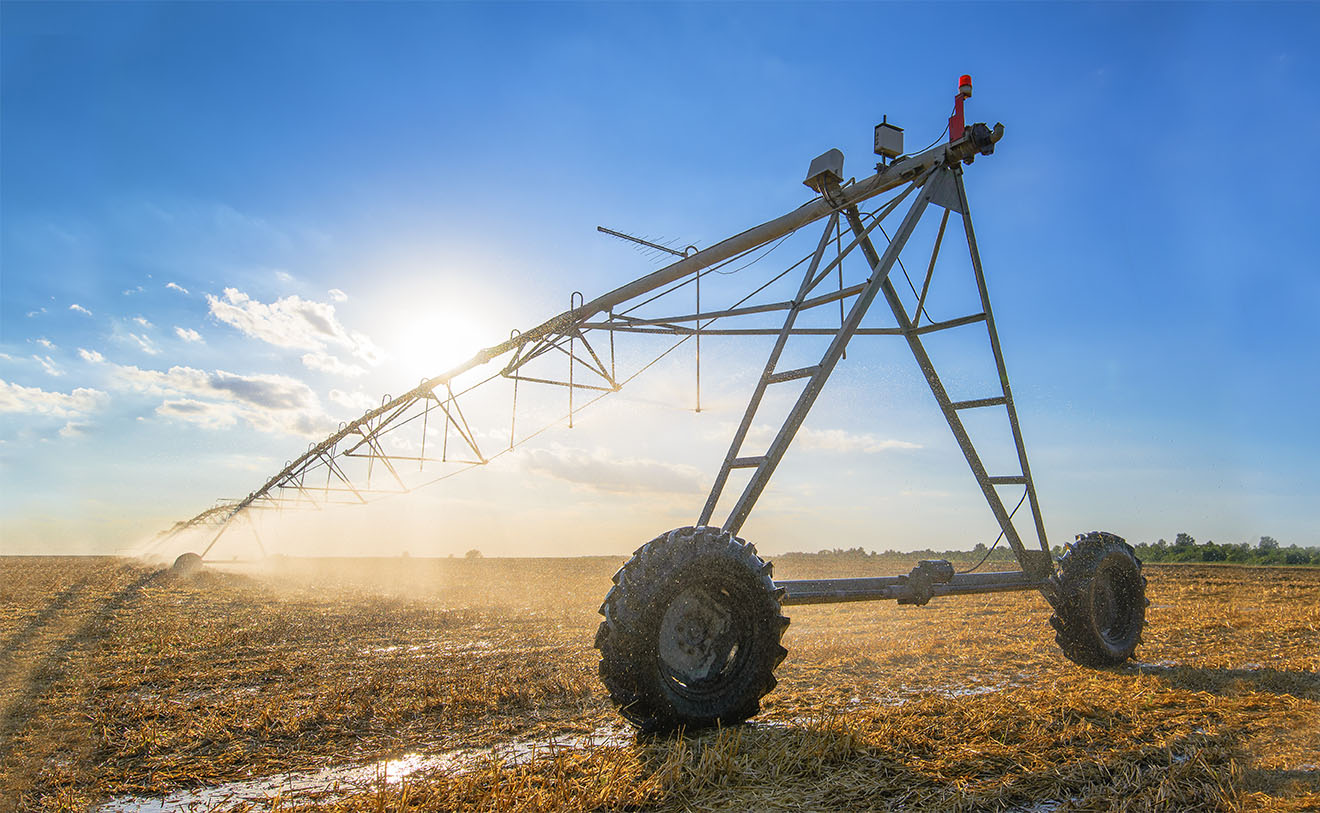
- Particularly drought-stricken states – California, Nevada, Texas, Utah, Arizona, Florida
- The impacts from these areas are far-reaching
- Economic problems – farmers lose crops, ranchers pay more to maintain livestock, businesses that rely on agriculture and hydropower go out of business, food production becomes more expensive
- Environmental problems – lack of food and water, altered migration of wildlife, loss of wetlands and aquatic habitats, more wildfires, low soil quality
- Social problems – anxiety about economic loses, health problems from poor water quality, reduced incomes, fewer water-related recreational activities
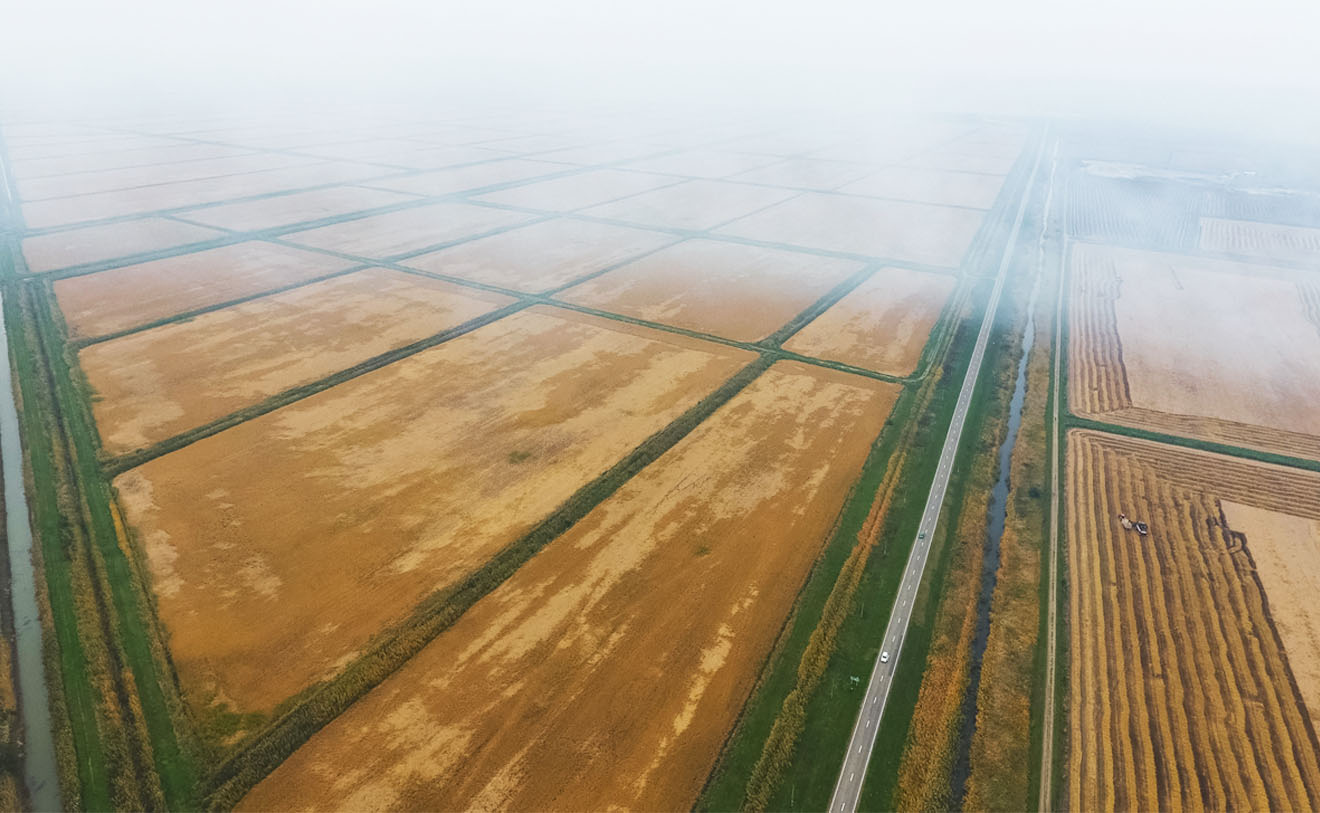
- Conservation mandates in California – Fresno, San Diego, San Luis Obispo
- Bans or strict limitations on wasteful salt-based systems in California – Los Angeles, San Bernardino, Santa Barbara
- Programs that provide vouchers for high-efficiency toilets – Fort Worth, TX, Dallas, TX, New York, NY
- Similar droughts in the Southwestern United States have lasted 10-20 years
- Other droughts have lasted as long as 240 years
- Driest period in the last 400 years
- No completely reliable way of estimating drought time frame
There is no definite end date in sight therefore it’s everyone’s responsibility to be well-informed and to strive for water conservation to preserve a precious resource that is running out.

